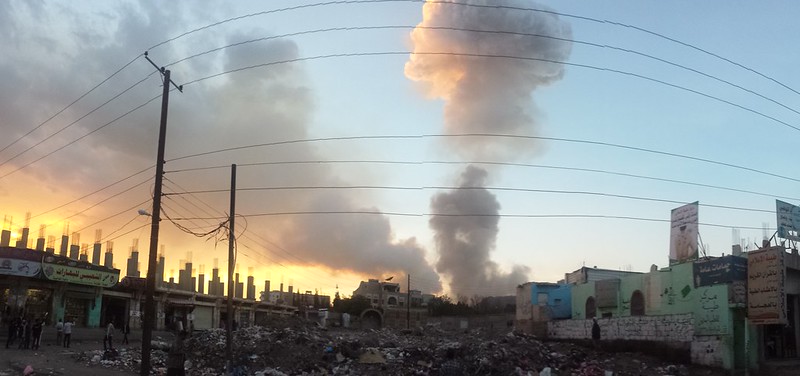

What has led Yemen to this point?
The Yemen conflict is based upon an uncomfortable transition from one power to another. The president Adrabbuh Mansur Hadi struggled to deal with various problems. A separatist movement in the South, the continuing loyalty of the security personnel to the former president, corruption, unemployment and food insecurity led to a dangerous political, economic and social cocktail that Hadi was unable to drink.
A movement known as the Houthis, took advantage of an unstable government by taking over the northern province of Saada. This momentum led to an attempted takeover of the whole of Yemen. In response to this siege by rebel forces, Hadi fled to Saudi Arabia. Middle Eastern and North African nations announced their military involvement, in the common goal of repelling Houthi aggression.
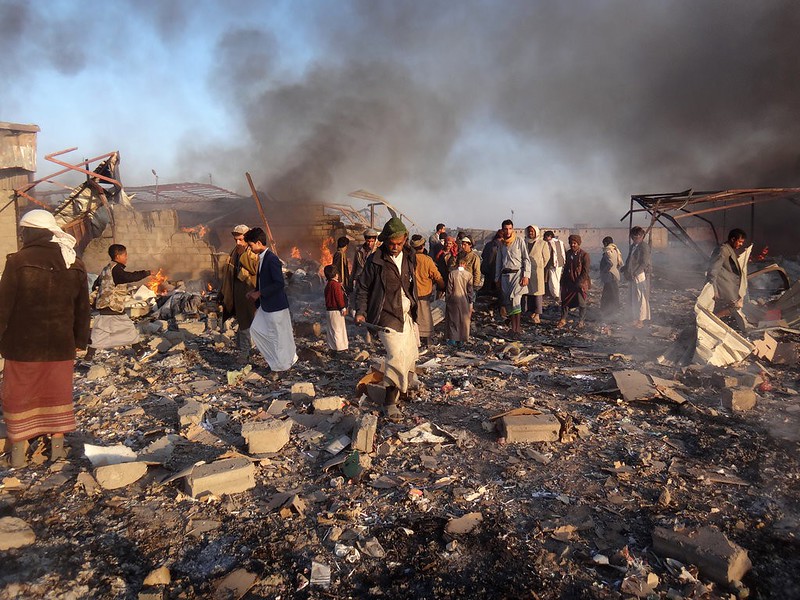
With the fear that Houthi forces were backed by Iran, Saudi Arabia and other Middle Eastern forces began the raining of air strikes, in an aim to restoring Hadi’s government. Saudi and Houthi forces fought over the southern port city of Aden, for months on end until the Houthis came out on top. From North Western Yemen, Houthi forces fired regular ballistic missiles at Saudi Arabia. In response, Saudi Arabia’s coalition tightened imports into the country and launched an attack on the city of Hudaydah, which possessed a port that is essential for the livelihood of the population of Yemen.
The UN warned the port’s destruction would be a ‘tipping point’ towards huge loss of life. In 2019, The UN also hoped the war would come to an end after a ceasefire was agreed at talks in Sweden. However, in January 2020 there was a sudden escalation in tension between Houthis and coalition forces, after fighting resumed.

A day in the life of a Yemeni
Waking up as a Yemeni civilian is not normal. Instead of waking up to an alarm clock, you may instead hear the sound of Saudi Arabian coalition airstrikes raining down upon a nearby town. If it’s not airstrikes, it could be Iranian backed rebels fighting. Either way, as a civilian of Yemen, you are constantly living in fear, innocent people are caught in their crossfire. Innocent people are dying due to the irresponsible humanitarian decisions of poorly run governments.
- According to the Yemen Data Project, Saudi led forces have fired 21,393 airstrikes on Yemen since the war began.
- 1 in 5 have lost their homes, 70% don’t have access to clean water and sanitation.
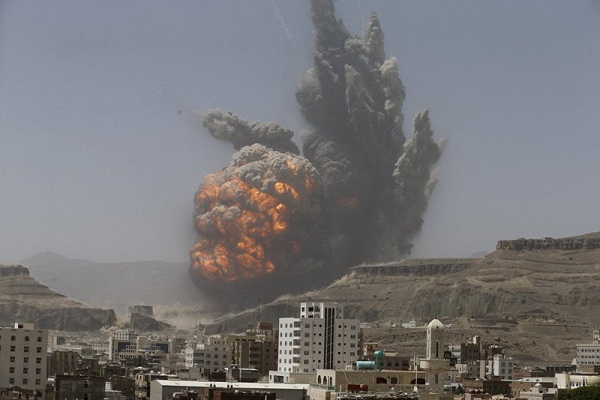
After the morning airstrikes, any hope of sustainably feeding a family is painfully difficult. The people of Yemen everyday find it increasingly sufferable trying to provide food and water for their families. The water supply is reduced each year, people are worried the water will be non-existent one day. The government haven’t regulated the water supply, water has become precious in Yemen.
- In the city of Sanaa, the water table was 30 meters below the surface in the 1970’s but has since dropped to 1200 meters below the surface by 2012.
- The average Yemeni has access to 140 cubic meters of water per year while the Middle Eastern average is 1000 cubic meters, internationally it is 1700.
- Experts believe Yemen will be the first country to run out of water.
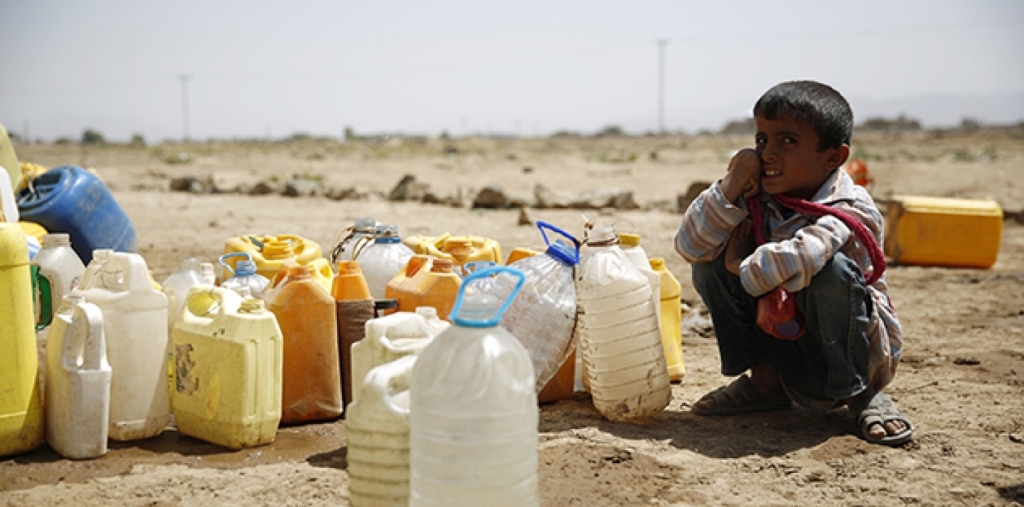
Houthi attacks on Saudi Arabia and the retaliation on Hudaydah, have increased food prices, people simply can’t afford it anymore. With violence forcing farmers to abandon their crops and livelihood, it is causing huge disruption to agricultural distribution.
- 20 million people need help securing food, according to the UN. Almost 10 million of them are considered “one step away from famine”.
If you are unlucky enough to have a family member become seriously ill in Yemen, it’s unlikely they will be able to access care from a hospital. In the hospitals there’s little or no fuel available to use for generators, never mind for the car to get you to the hospital. Hospital beds are said to be overwhelmed with malnourished children.
- According to the charity Save the Children, 11.3 million children or 93% are in need of humanitarian assistance.
- 22 million people in fact are in need of aid which is 75% of the population.
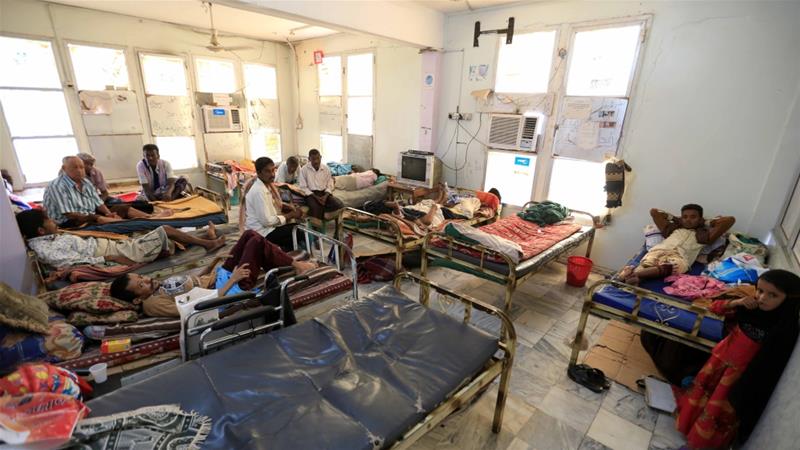
There are fears of how many coronavirus cases are said to be active in the population, it is incredibly hard to know the true figures. There are reports of deaths from COVID-19 symptoms from around the country and case fatality is alarmingly high. With Yemen’s health infrastructure on the brink of collapsing, there are difficulties in attempting to do any testing. There is however knowledge that a mosquito-transmitted virus known as Chikungunya and cholera are rife in the country.
Although the coronavirus isn’t known to be heavily infecting Yemen yet, the external factors has certainly caused financial damage to its economy. Yemen heavily relies on remittance payments to support families but due to the virus, many overseas workers have been placed on furlough or have lost their job. This reduction or removal of remittance payments from workers, has seen a loss of $10 billion dollars not entering the country, to families in need.
If there is any time to forget about Yemen, this isn’t the time.